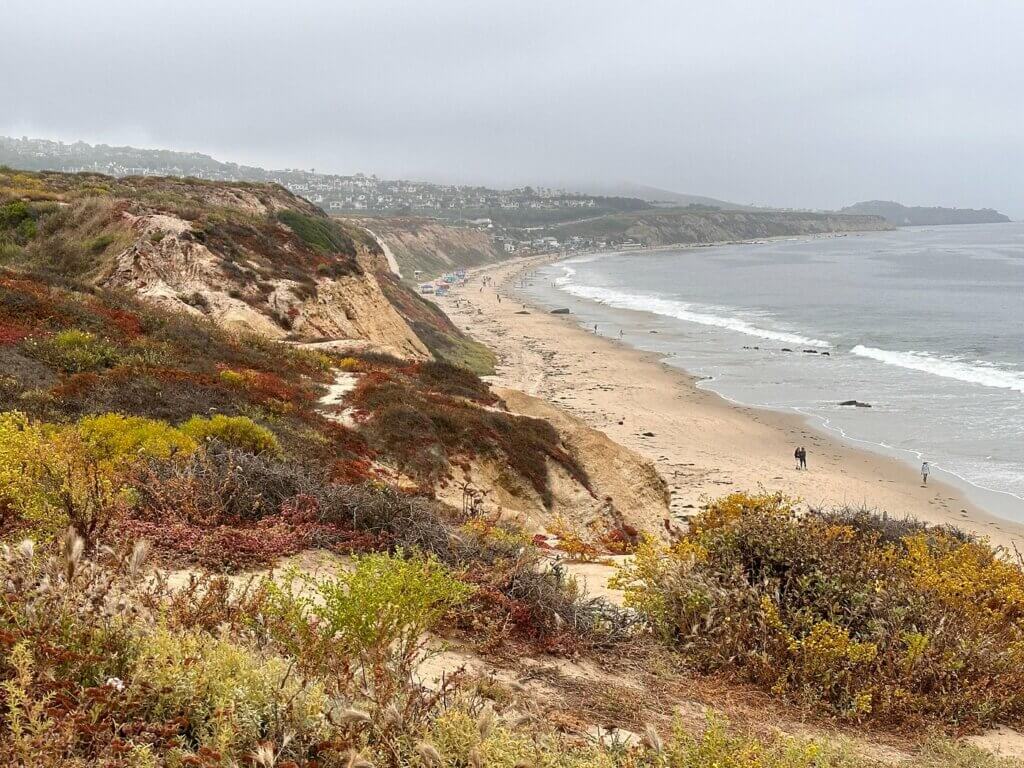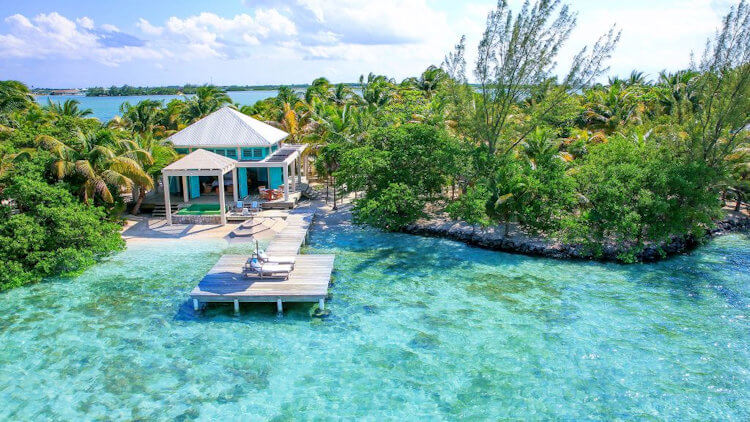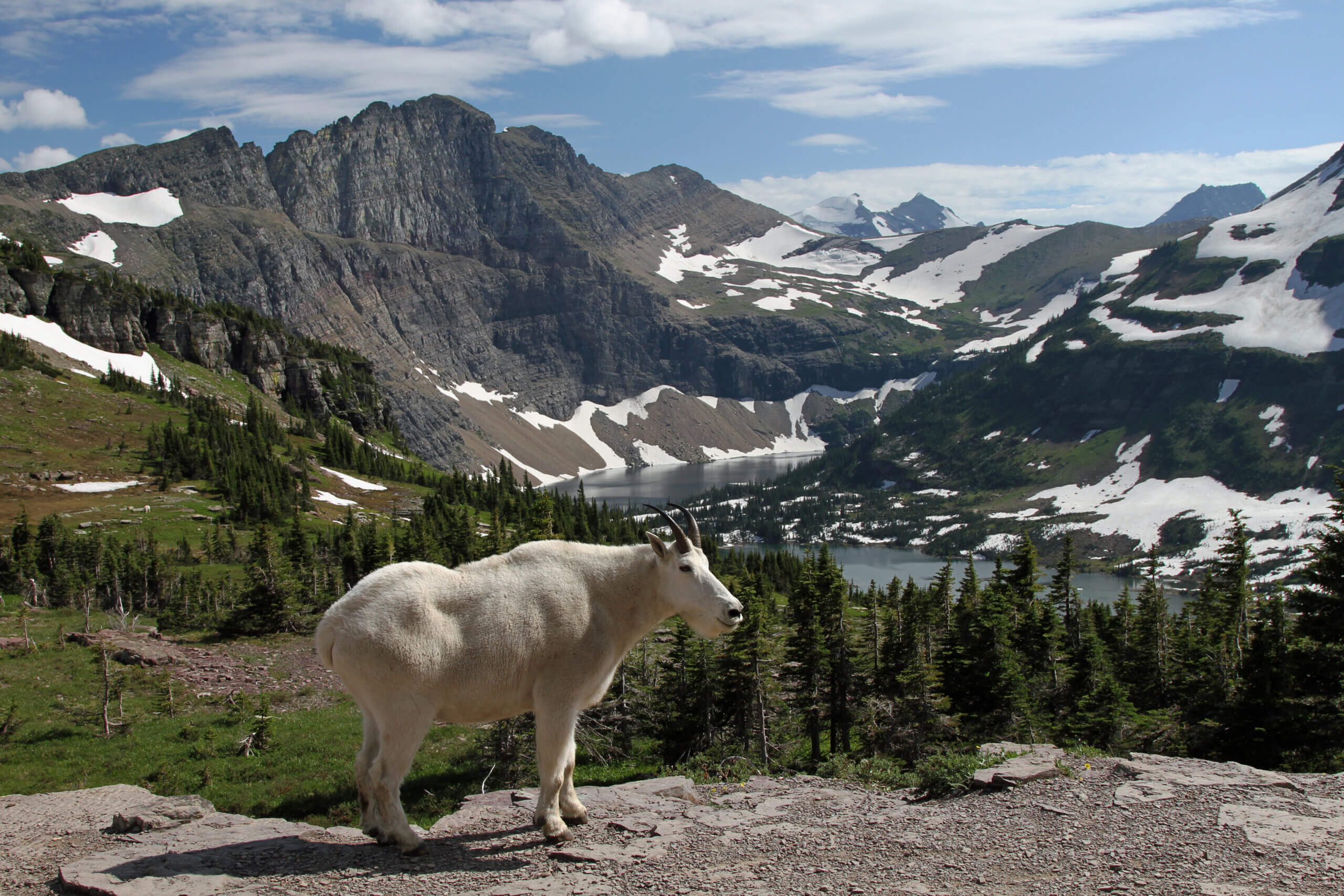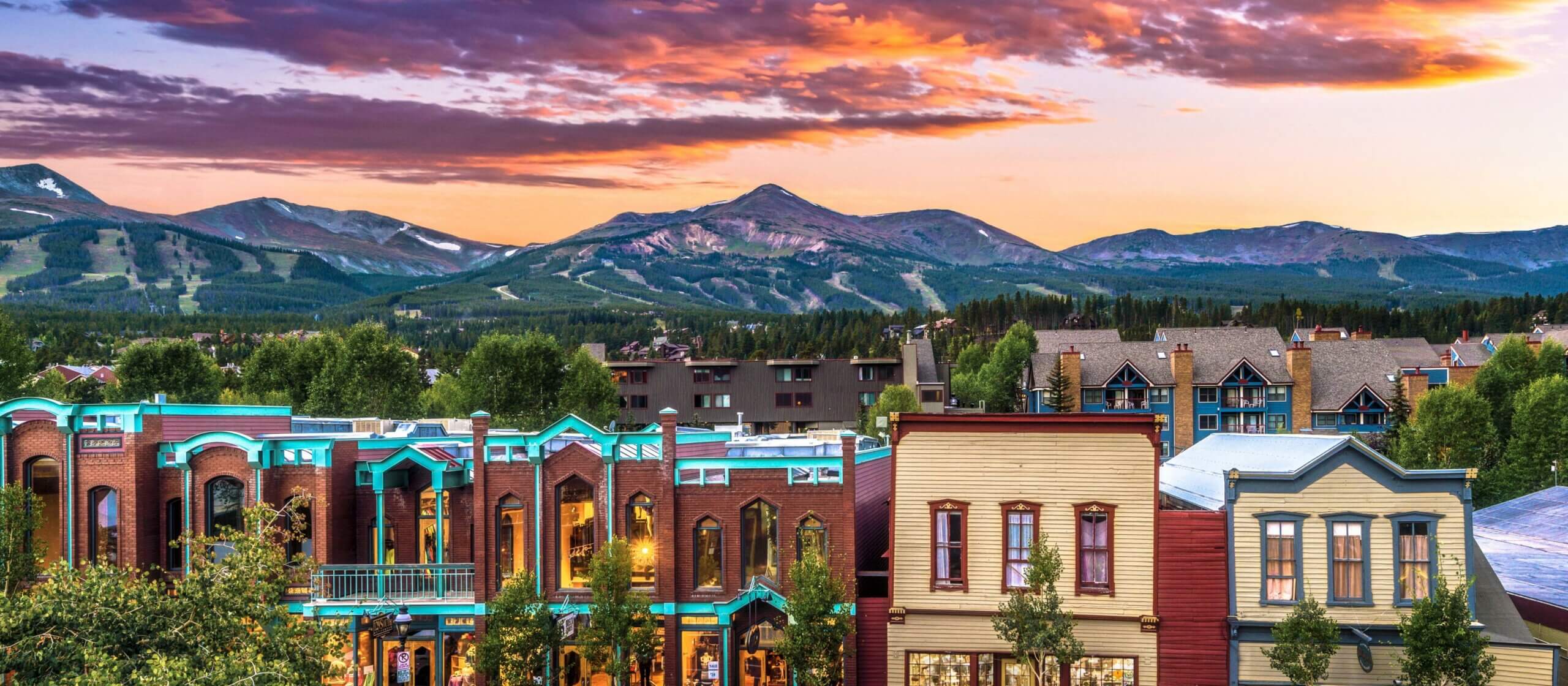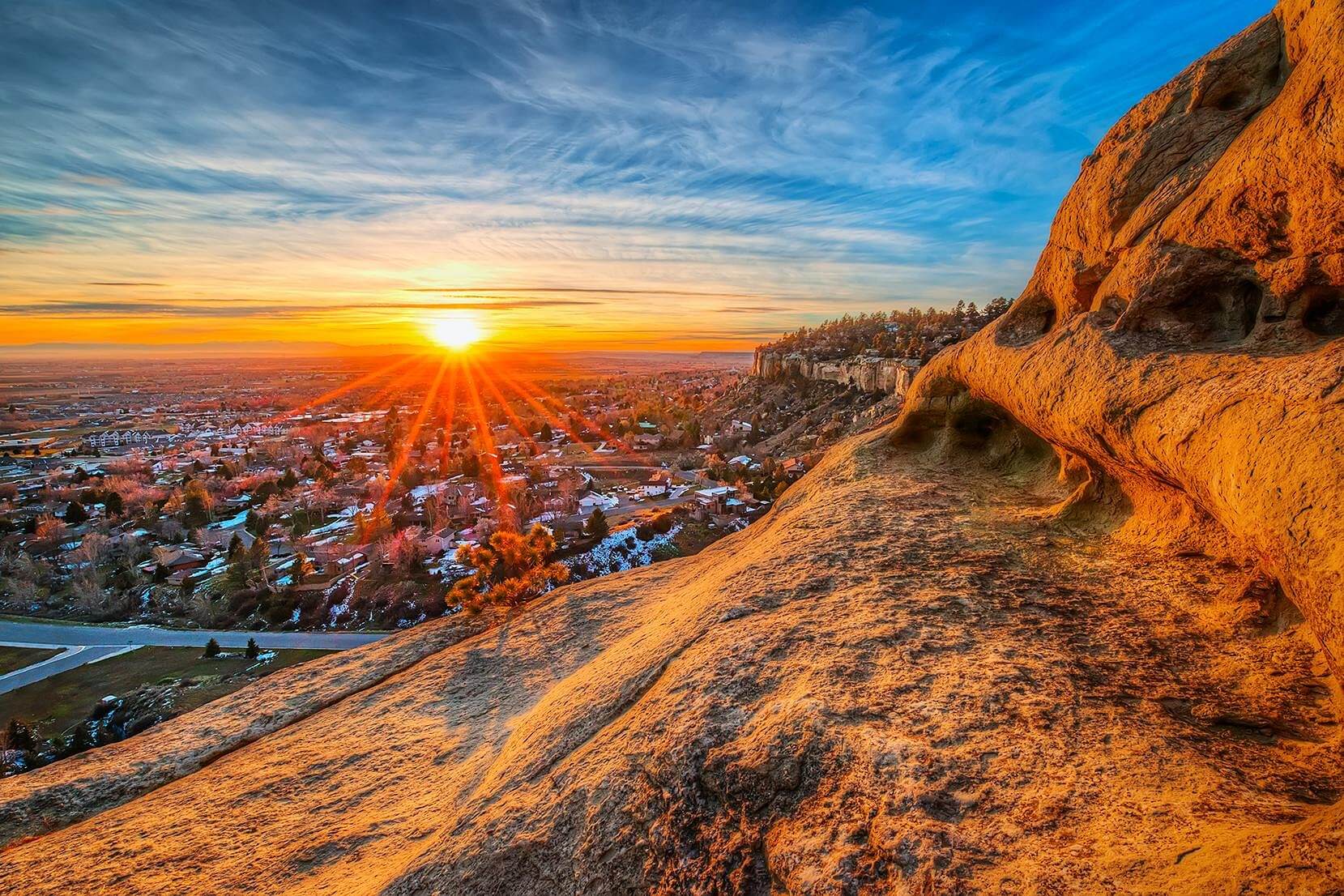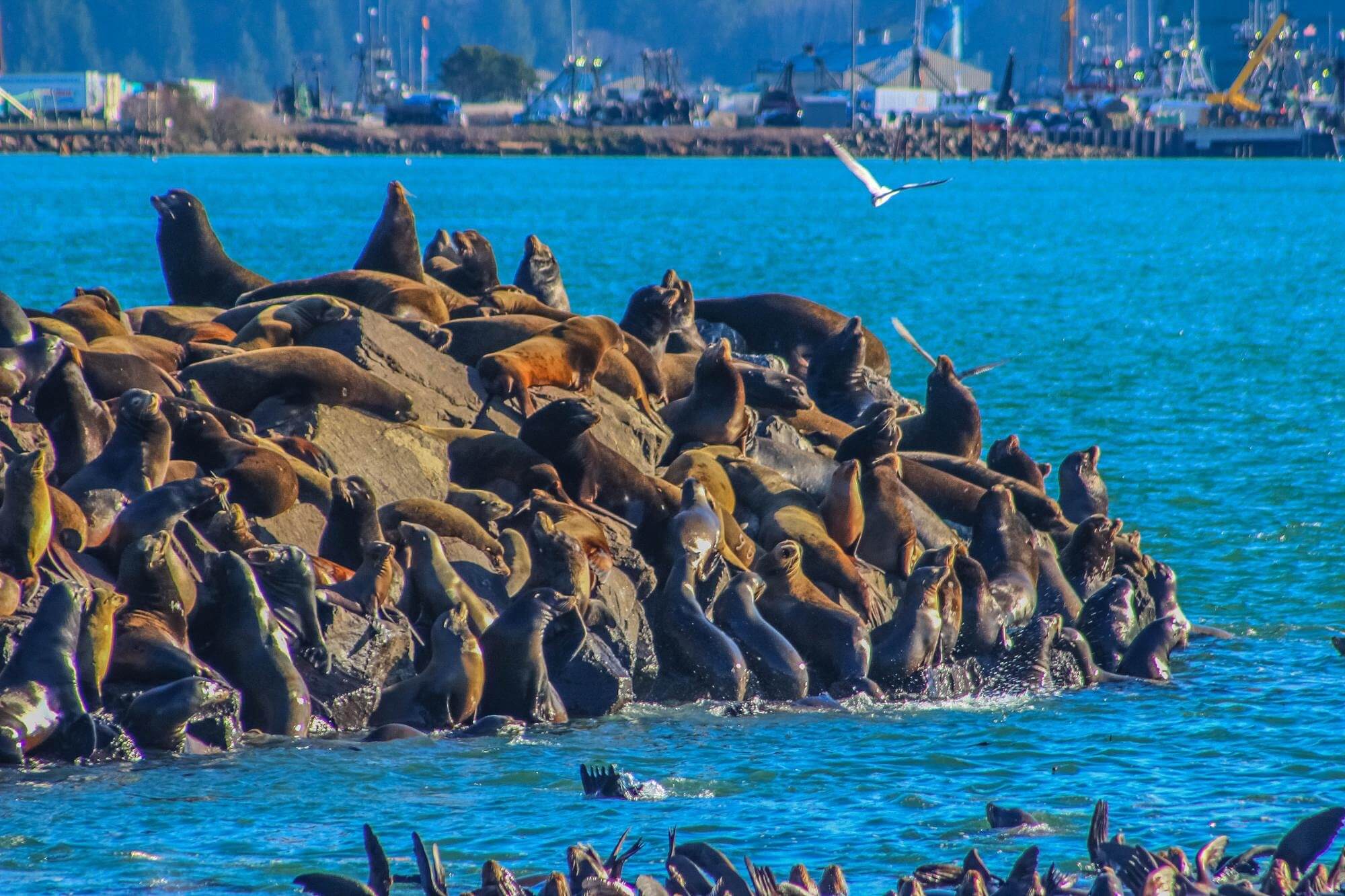Crystal Cove State Park’s stunning bluffs, sand-rock beaches, backcountry hills and beach cottages make the ideal destination for hikers, explorers, campers, students, birdwatchers, artists, and ocean-lovers of all kinds- and that includes us tidepoolers!
Crystal Cove is about halfway between Newport Beach and Laguna Beach, around 60 miles south of Los Angeles, and offers a beautiful beachside trail that overlooks the gorgeous, rugged Cali coastline, accessible via several steep staircases, boardwalks, ramps and trails. The Bluff Top Trail is an accessible trail open to bikes and running all the way to the north end of the park, where you’ll find Treasure Cove.
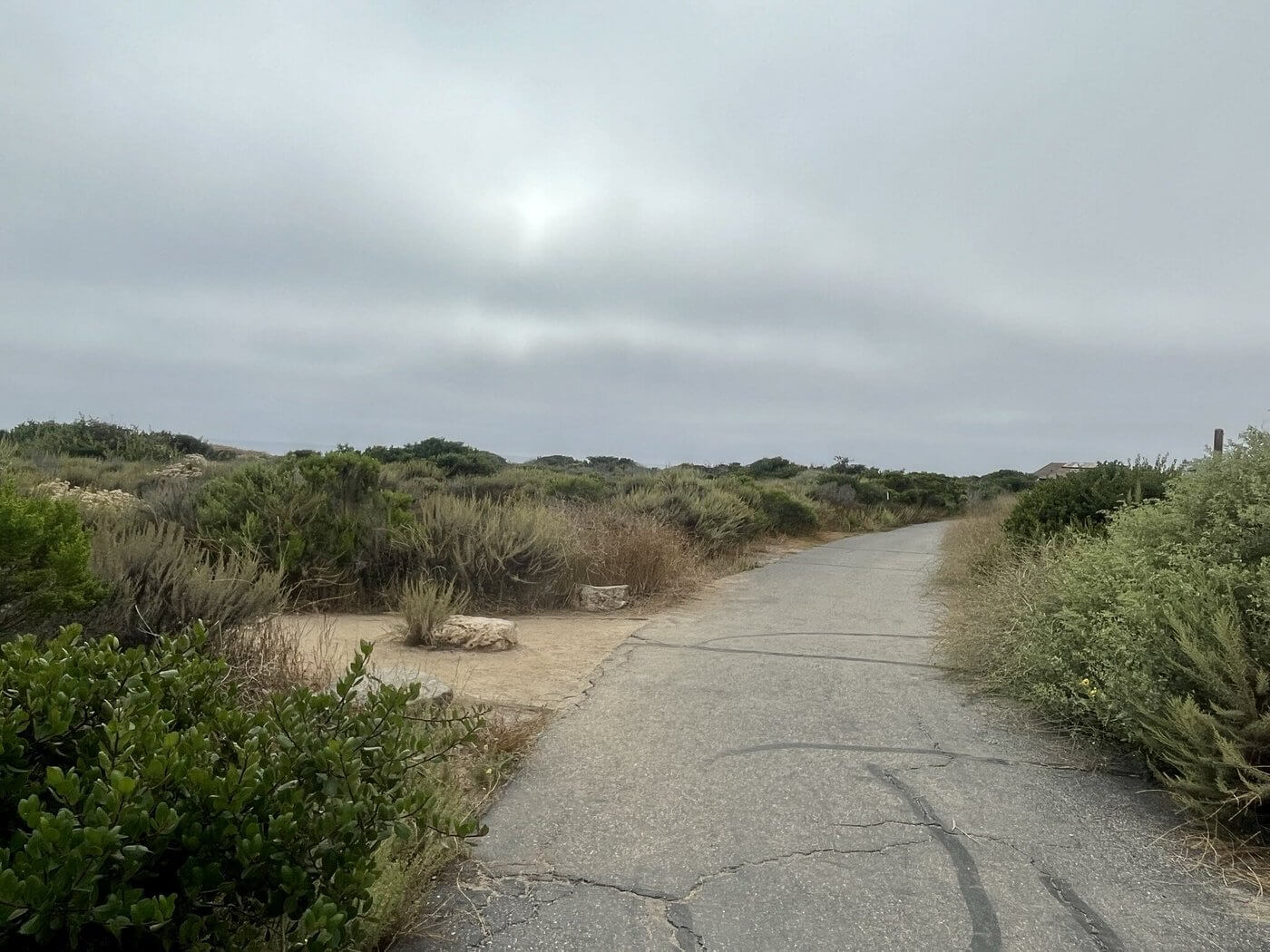
The crystal-clear tide pools are housed in rocks that have been shaped over millennia by the sea and sand, and there are some really interesting caves and rock formations to discover too!
There are four tide pool areas in Crystal Cove State Park: Reef Point, Rocky Bight, Pelican Point, and Treasure Cove.
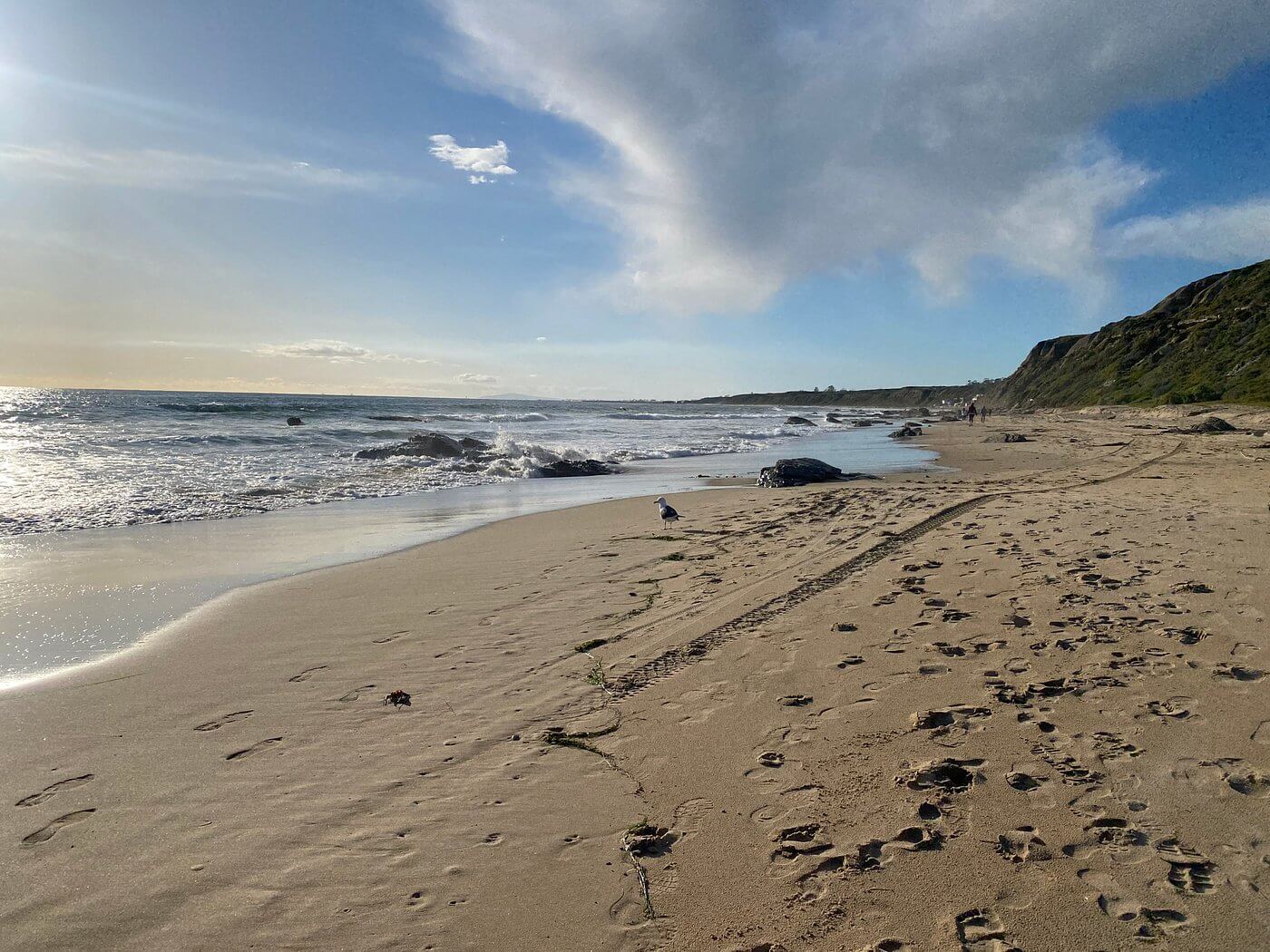
Before we explore Crystal Cove further, let’s take a look at what a tide pool is, what you can expect to see in them at the Crystal Cove beaches, and how to keep you and the tide pool inhabitants safe.
What Is A Tide Pool?
Tide pools are spaces or hollows in rock that hold seawater when the tide pulls back from the beach– a time called low tide, and they can be home to a wide variety of sea creatures. We divide tide pools into different habitat zones: the “spray zone” which can be in-and-out of the water, where you’ll find barnacles, snails and crabs, and the “low tide zone,” which is always underwater, where sea urchins and fish live.
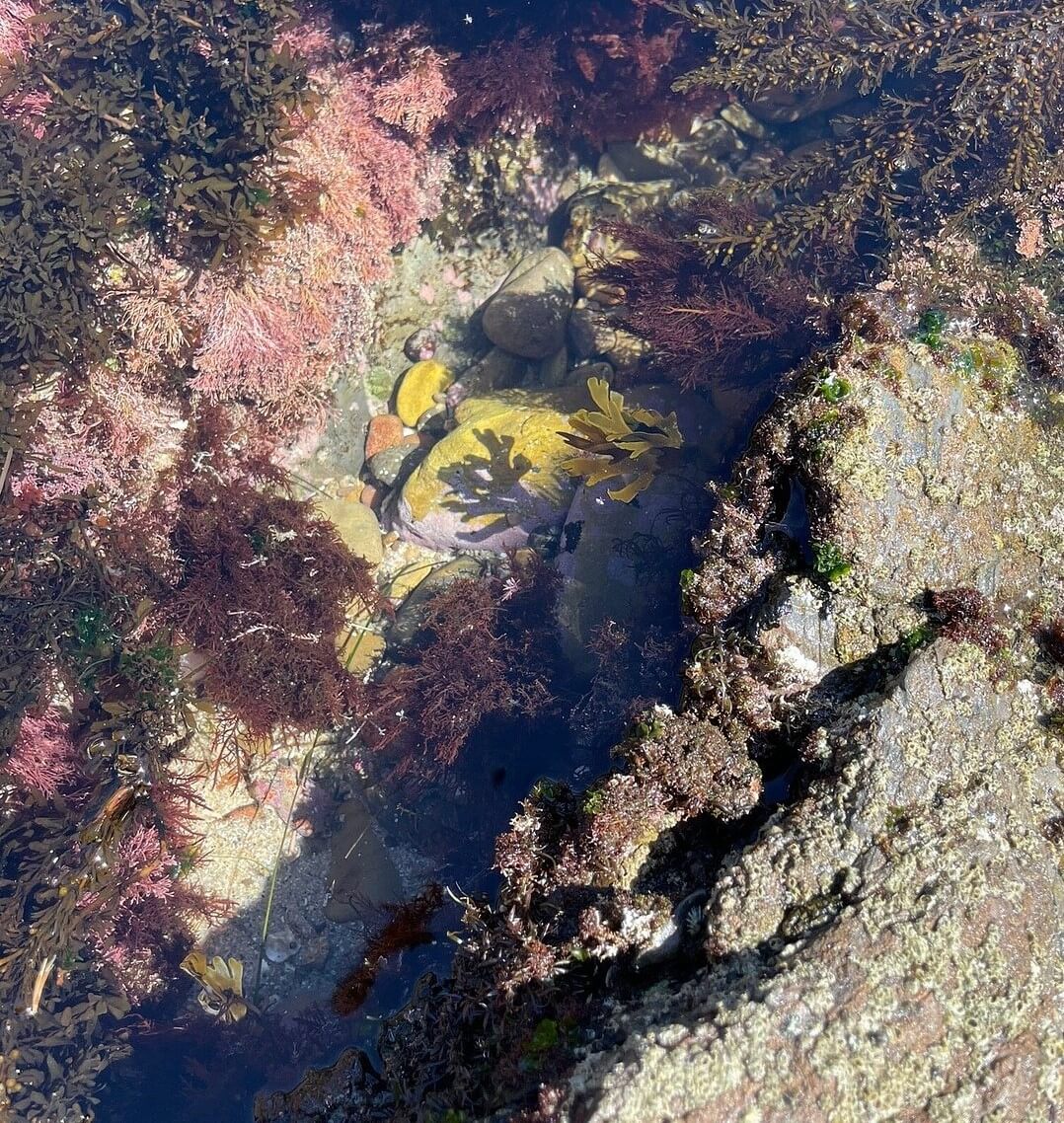
What Can I See In The Crystal Cove Tide Pools?
The Crystal Cove State Park is home to a number of endangered plants, threatened animals and rare birds, some of which can only be found in coastal Southern California. The Crystal Cove tide pools offer a sanctuary for numerous fun and strange marine animals, and you can expect to see mussels, limpets, crabs, hermit crabs, snails, sea slugs, and barnacles, as well as sea cucumbers, anemones, sea stars, urchins and even the occasional octopus, alongside different types of seaweed and small fish.
And don’t forget to look up while you’re tidepooling, because there are herons, seagulls and egrets to spot in the sky, and, if you’re lucky, whales and dolphins playing on the horizon.
When Is The Best Time To Explore Tide Pools In Crystal Cove?
Arrive one hour before low tide while the sea is still heading out, then give yourself an hour to explore. Check the tide chart before you go. Don’t linger when the sea starts creeping back in- when it comes, it can be dangerous and you can get dragged out to sea or stranded.
The best months for tidepooling at Crystal Cove are December and January, when the tides are at their lowest and you can walk further out on the rocky shelves that line California’s coast. Tide pools further out are more likely to have abalone, chiton, or California Moray Eels in them.
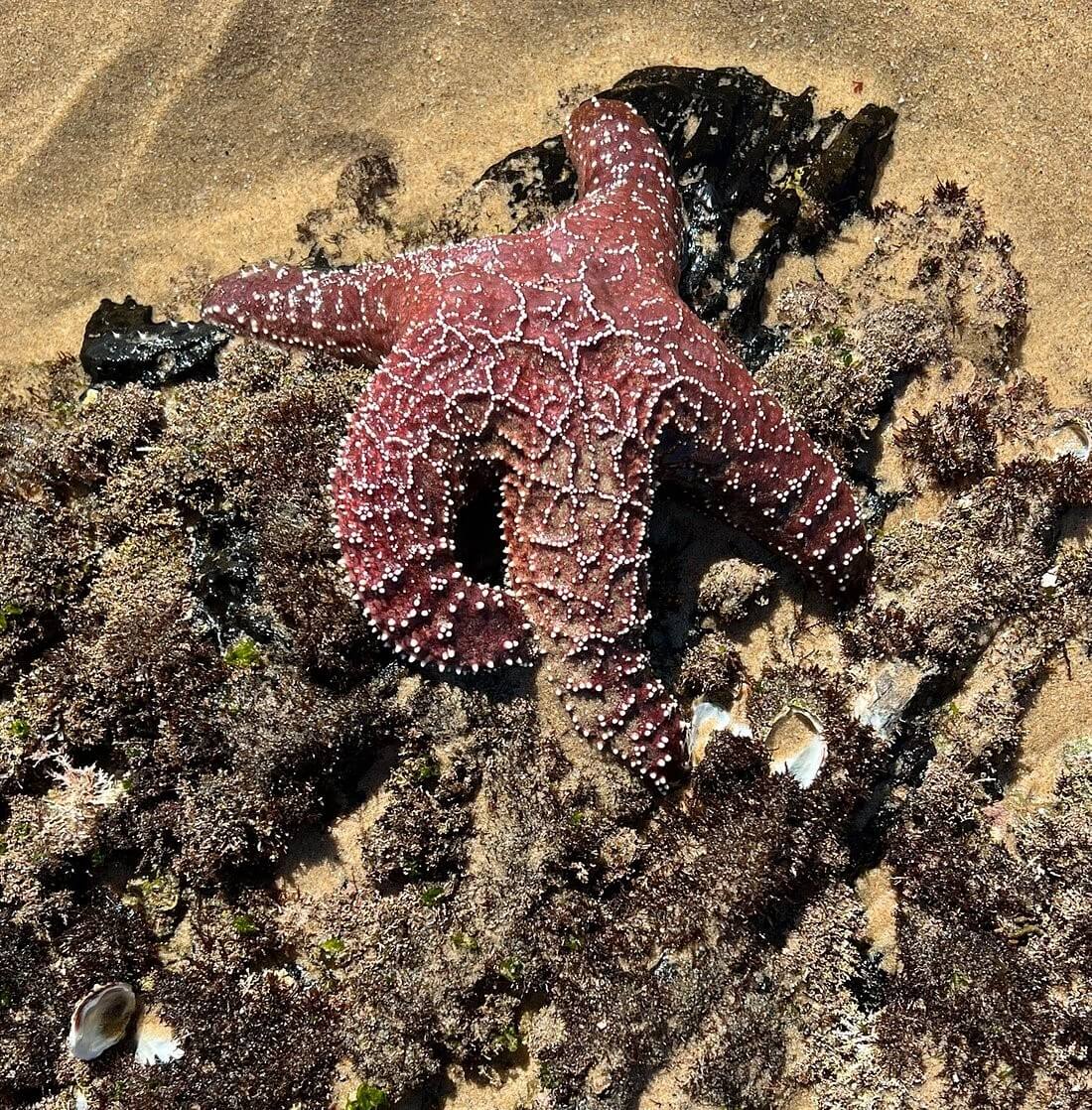
Tide Pooling Safety Tips
Go to Crystal Cove not only to have fun and learn something, but to pay some respect to the fantastic nature we’ve been blessed with. Wear sturdy shoes (not flip-flops) to avoid cutting yourself on sharp rocks and shells, and watch where you tread in those shoes, so as not to crush or hurt the sealife you are there to see. In fact, these special marine ecosystems are part of California’s Marine Protected Environment, and so you are expressly asked not to touch, fish or harvest any of the sea animals you find. As they say – “take away nothing but photos and memories, and leave nothing behind you but your footsteps.”
Before we share Crystal Cove’s top tide pool beaches with you, check out our useful safety tips:
- Have fun watching the tide pool inhabitants, but don’t touch them – Some of them are fragile and easily hurt, others have claws or spikes that might hurt you. Don’t go into it thinking these critters are trapped and need taking out to sea – the sea will be back for them in an hour or so, so leave them where they are!
- Watch out for the tide- there are some sneaky fast waves which can grab you out of nowhere! Many tide poolers have lost their lives to the power of the Pacific – don’t be one of them.
- Wear sturdy shoes for your rock-scrambling, not flip-flops; something with a good grip so you don’t slip or cut your feet on the rocks.
- Dress for the weather. It can get cold and you will almost certainly get wet!
Now, let’s head on down to explore Crystal Cove’s best tide pools.
Reef Point
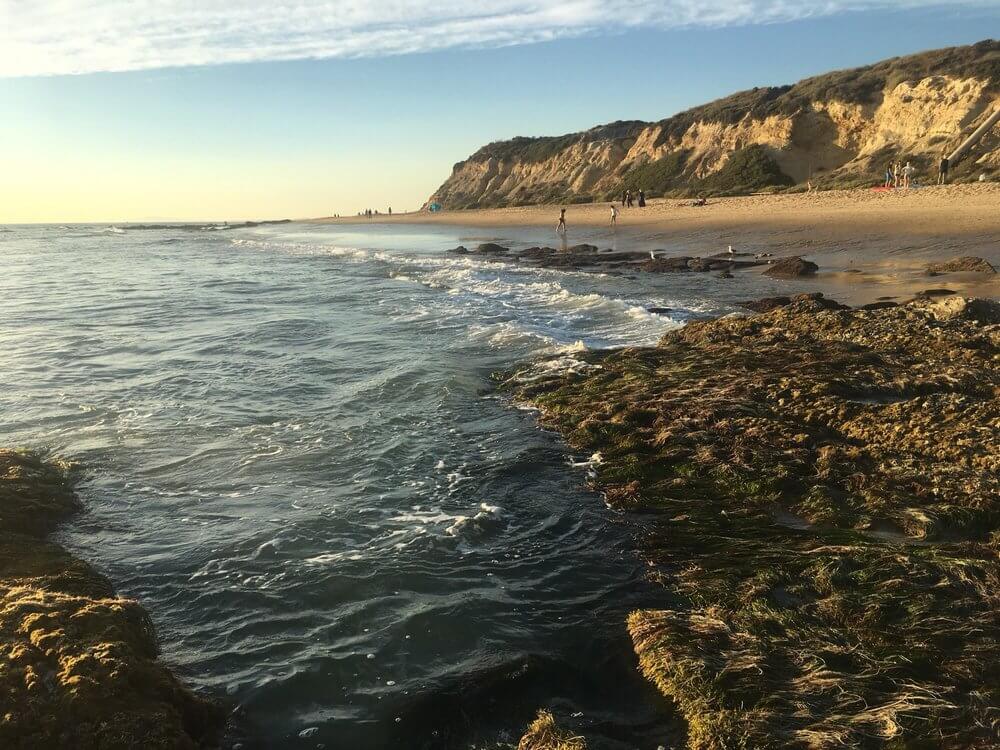
At Reef Point in the Crystal Cove State Park, there are bluff trails and boardwalks to stroll on, and stairs and ramps down to the ocean for eager tidepoolers to access the rocks. People head here not only to tidepool, but also to body surf near Muddy Creek, swim, surf, and scuba dive. Note – the aptly named Muddy Creek empties out onto the beach from Muddy Canyon on the south side of Reef Point.
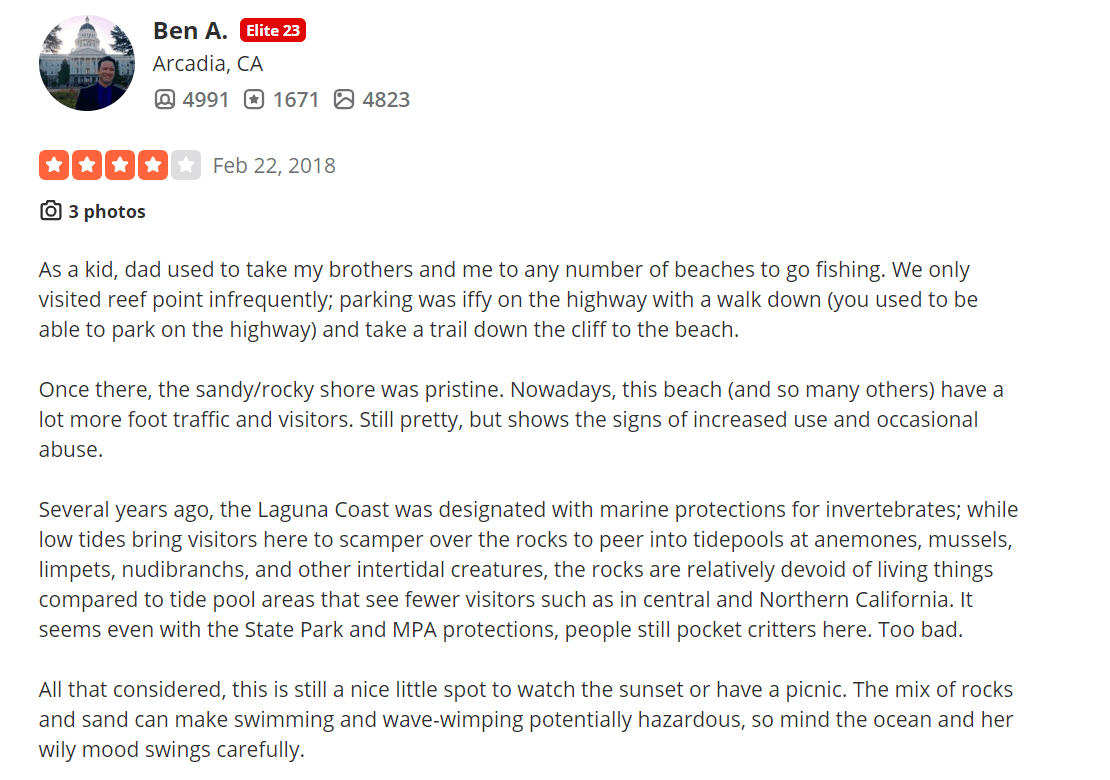
Don’t Miss…
- Whale watching from a boat or the bluffs
- Body surfing near Muddy Creek
- Biking the trails between parking areas
- Moro Beach (south) and the Historic District (north)
- Walking along the bluff
- The sun setting over Catalina Island
- Shopping in Crystal Cove
Good To Know
Open 6am – sunset.
Lifeguards are on duty.
Enter at the Reef Point entrance. There is a $15 day-use fee to be paid at the entrance kiosk (or $5/hour) ($20 on summer weekends and holidays). There are three access points to the beach: to the north, another leading down to the Scotchman’s Cove, and to the south a ramp down to Muddy Creek. Note – both the stairs and ramps are steep.
Go before you go! There are restrooms in the parking lot but none down on the beach.
Dogs are allowed on the trails and ramps, but must be kept on a leash at all times. Dogs are not permitted on any of the backcountry hiking trails, on the beach, or at the Beachcomber Café.
Rocky Bight
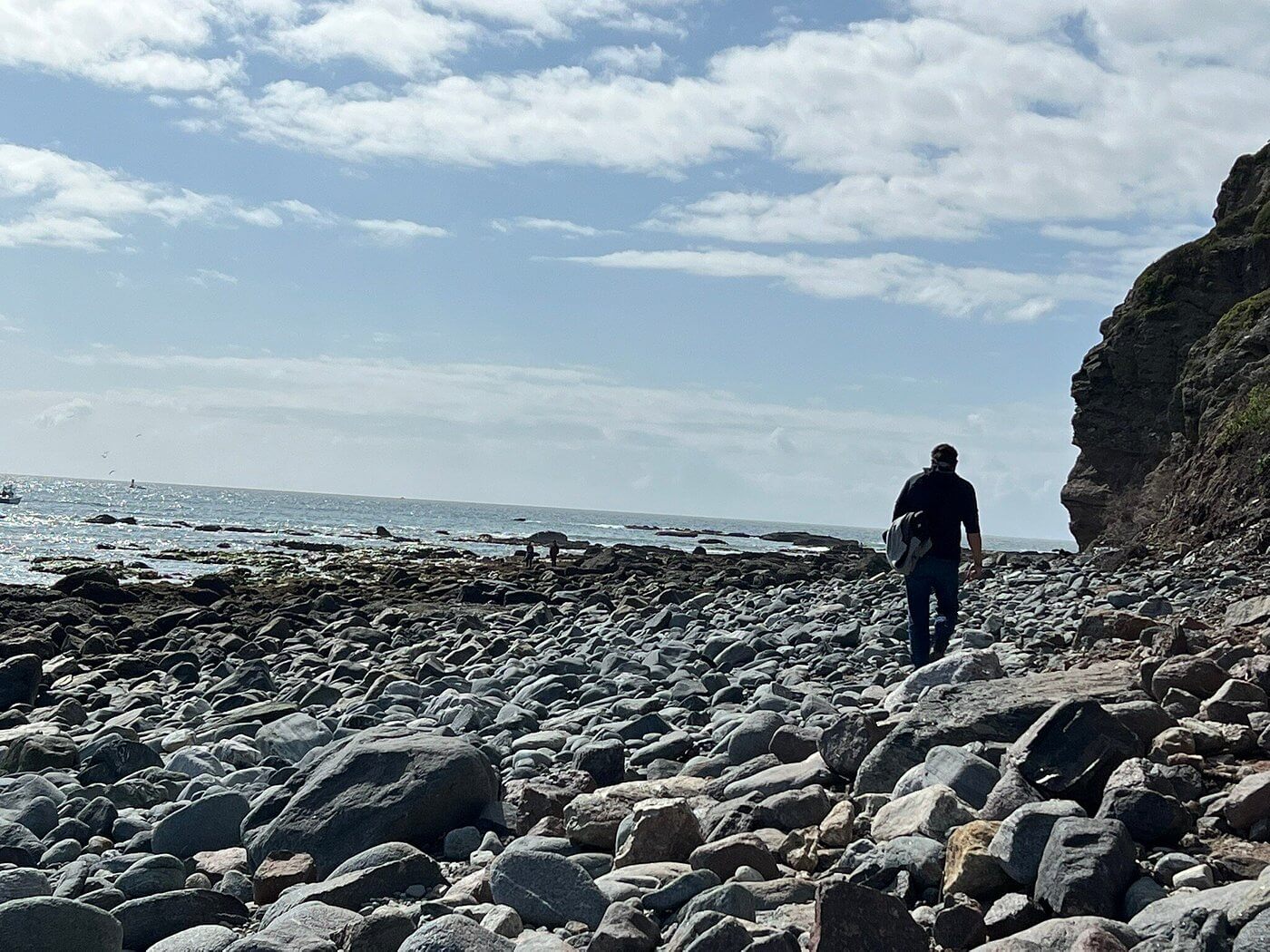
The plethora of rocks at this section of Crystal Cove offer numerous places for sealife to shelter until the tide comes back in. Tread carefully and see what you can catch on camera!
Good To Know
Open 6am – sunset.
Lifeguards are on duty.
Park at the Los Trancos entrance, There is a $15 day-use fee to be paid on leaving the parking area (or $5/hour) ($20 on summer weekends and holidays). The trails down to the beach begin near the restrooms. The tidepools are on the south end of the beach.
Go before you go! There are restrooms in the parking lot but none down on the beach.
Dogs are allowed on the trails and ramps, but must be kept on a leash at all times. Dogs are not permitted on any of the backcountry hiking trails, on the beach, or at the Beachcomber Café.
Pelican Point
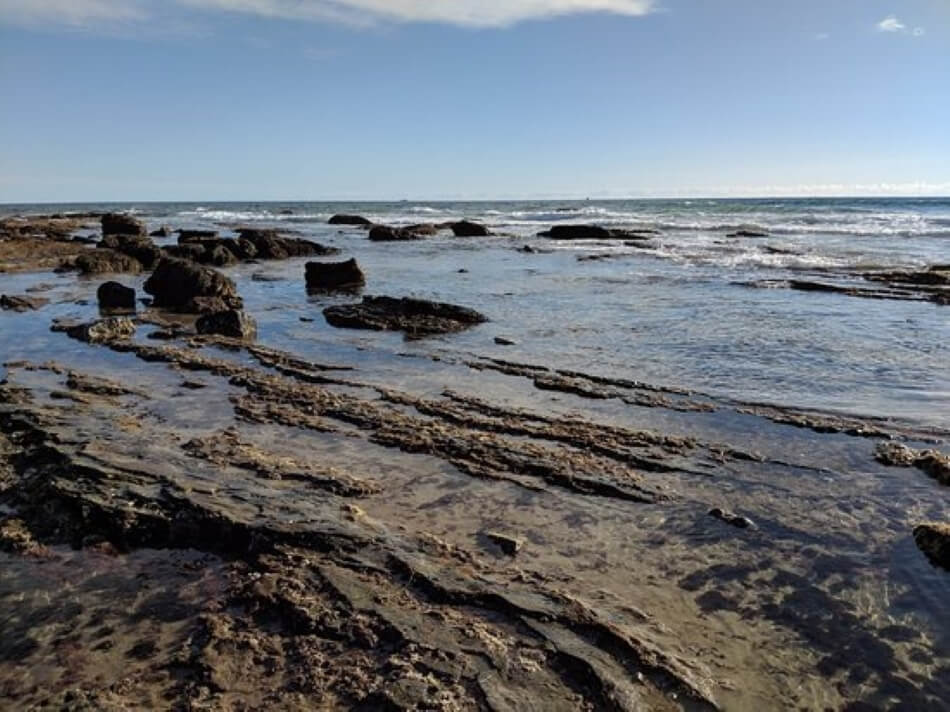
Pelican Point is a wonderful stretch of the Crystal Cove beach much loved by tide poolers and scuba divers. There are four bluff-top parking lots with access to it, meaning it can get busy.
Don’t Miss…
- Biking on the Bluff Trail to Reef Point
- Whale-watching at the Little Treasure Cove observation point
- Playing in the sand
Good To Know
Open 6am – sunset.
Lifeguards are on duty.
Park at the Pelican Point entrance. There is a $15 day-use fee to be paid at the entrance kiosk (or $5/hour) ($20 on summer weekends and holidays). The boardwalk and trail to the tide pools start from Pelican Parking Lot #2 (P-2). Note – the trails have steep drop-offs. The northernmost path is safest.
In summer, stay on the boardwalk, as rattlesnakes hide in the brush to either side.
Go before you go! There are restrooms in the parking lot but none down on the beach.
Dogs are allowed on the trails and ramps, but must be kept on a leash at all times. Dogs are not permitted on any of the backcountry hiking trails, on the beach, or at the Beachcomber Café.
Treasure Cove
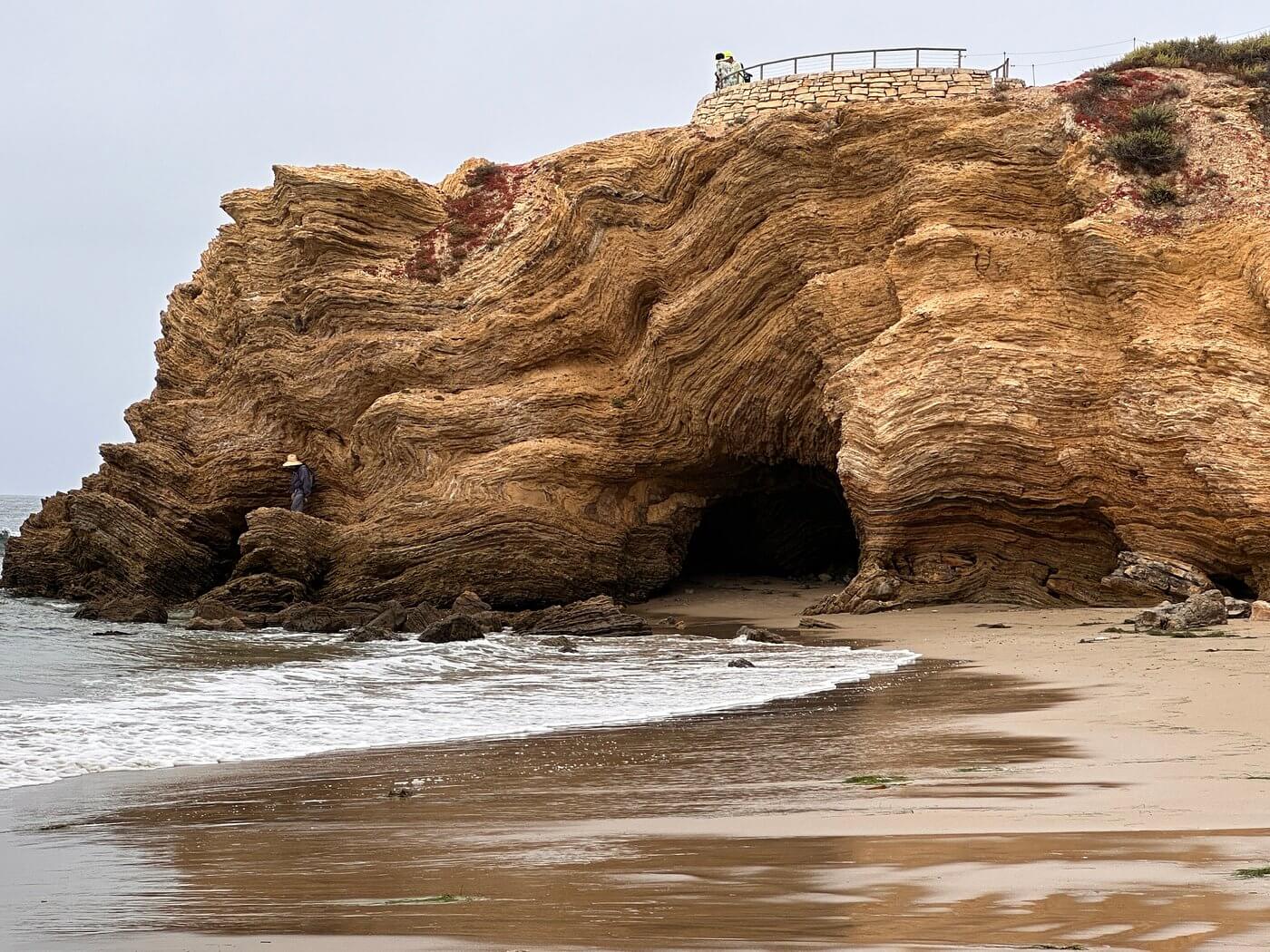
Treasure Cove, and its neighbor Little Treasure Cove, are the northernmost beaches in Crystal Cove State Park and are popular with surfers, scuba divers and tide pool adventurers.
The Bluff Top Trail passes through a wire tunnel that protects you from any stray balls flying out of the Pelican Hill Golf Club’s South Course. The trail ends at an observation platform looking over Treasure Cove and Little Treasure Cove, and while it’s a great spot for whale watching, it’s the tide pools you’re here for, just underneath, so head down to Treasure Cove and get exploring!
Don’t Miss…
- The large rock arch north of Little Treasure Cove, best accessed at low tide
- The observation platform between Treasure Cove and Little Treasure Cove.
- Whale-spotting. An interpretive sign on the path describes gray whales and their migration season from December to April.
Good To Know
Open 6am – sunset.
Lifeguards are on duty.
Park at the Pelican Point entrance. There is a $15 day-use fee (or $5/hour) to be paid at the entrance kiosk ($20 on summer weekends and holidays). Turn right and drive to the last lot – The Treasure Cove tide pools are at the northernmost part of the beach. You’ll need to walk 0.5 miles along the bluff trail, then another quarter mile along the beach to reach them.
Go before you go! There are restrooms in the parking lot but none down on the beach.
Dogs are allowed on the trails and ramps, but must be kept on a leash at all times. Dogs are not permitted on any of the backcountry hiking trails, on the beach, or at the Beachcomber Café.
Tide Pool Rules
Don’t touch the tide pool inhabitants! Picking up marine animals or putting them in buckets even for a minute can hurt them or cause stress that might kill them. They may also be affected by bacteria or chemicals (from creams, for example) on your skin.
Never try to grab sea creatures off of rocks they are stuck to, or try to open closed shells.
Don’t move rocks, as this may harm the creatures trying to hide underneath.
At Crystal Cove you are allowed to collect sea glass and driftwood (up to 50lbs.), but not shells, sand, rocks, any living creatures, or anything out of the tide pools.
Tread with care as you move around the tide pools. Try not to step on the plants or creatures living there.
Take a trash bag with you to pick up any litter you find – and always pack out what you pack in!
What Else Can I Do In Crystal Cove?
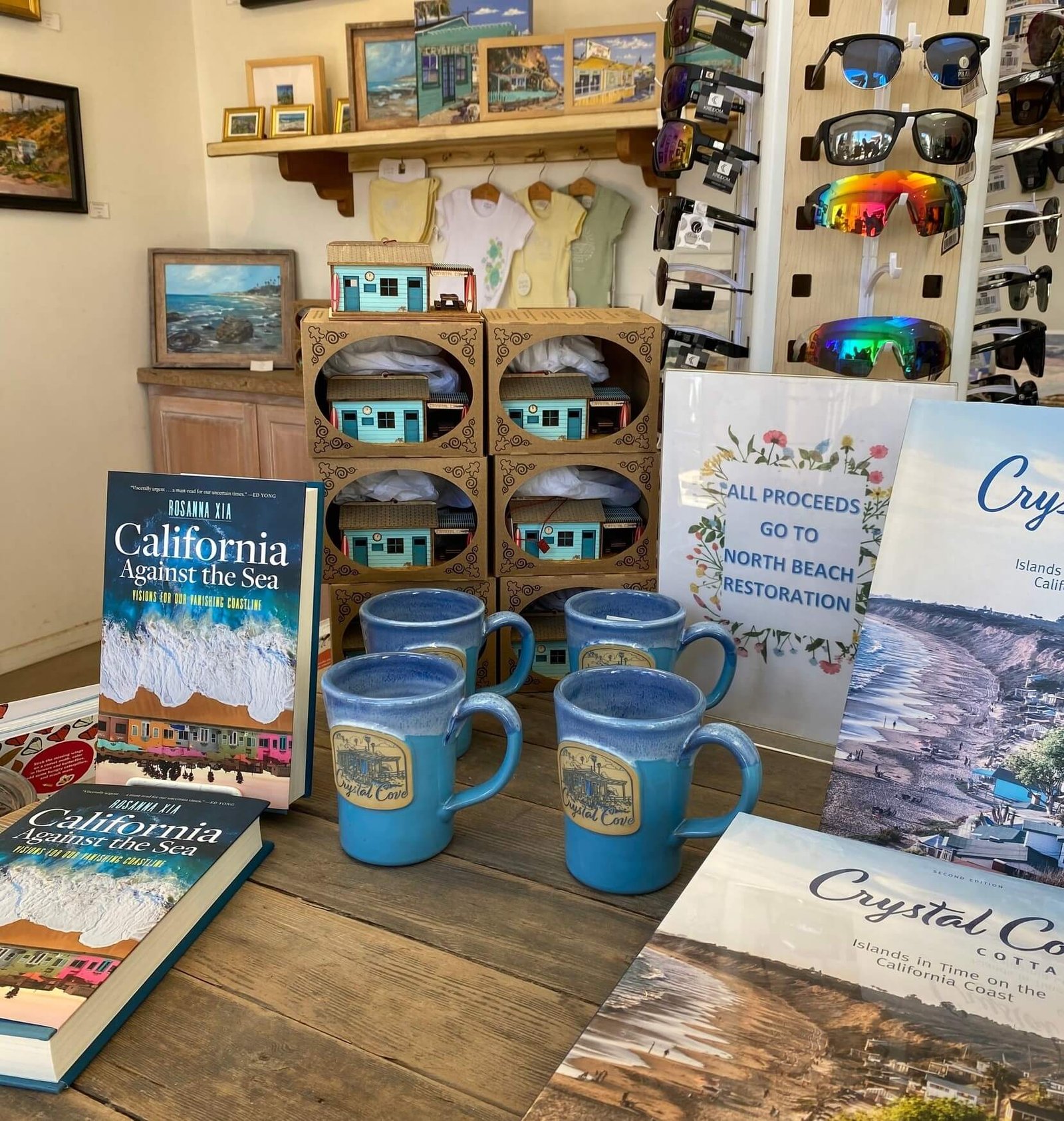
Visit the Park Interpretive Store – offering treasures from local artists, ocean-inspired jewelry, clothing, paintings, beach toys and souvenirs. Shopping there helps Crystal Cove Conservancy, with all proceeds being reinvested into the park and The Conservancy’s education and conservation initiatives. Open: 9a, – 5pm daily.
The backcountry and wilderness areas of Crystal Cove State Park offer 18 miles of one, two and 4.5-hour loop trails through 2,400 acres of native wilderness. The higher you go, the better the view, while the lower trails take you through oak and sycamore woodlands along the Moro Creek.
Want to discover more tide pools in California? Check out our articles on tide pools at Half Moon Bay and Bodega Bay!
Hungry? Enjoy a leisurely lunch or dinner at the beachside Beachcomber Cafe, or choose a view as you chew at The Shake Shack, both in the Historic District. Thirsty? The Bootlegger Bar offers some well-deserved post-hike appetizers and Bloody Marys. Note that weekends see all these venues bursting at the seams, so be prepared to wait. Ask for a pager so you can explore the beach and be notified when a table is free.
Interesting History
Crystal Cove attracted Hollywood filmmakers in the 1920s, and both Treasure Island (1918) and Beaches (1988) were filmed here. The beach cottages were first built by the Irvine Company and were owned by movie directors and producers. The land was part of a ranch called the Irvine Ranch, and was sold to the state in 1979. The same year, the Historic District’s cottages and the park became a nationally registered historic place. You can see a plaque recognizing this fact at the viewpoint on Reef Point. Some of the beach cottages are now public vacation rentals, and some are undergoing restoration.
Can I Stay There?
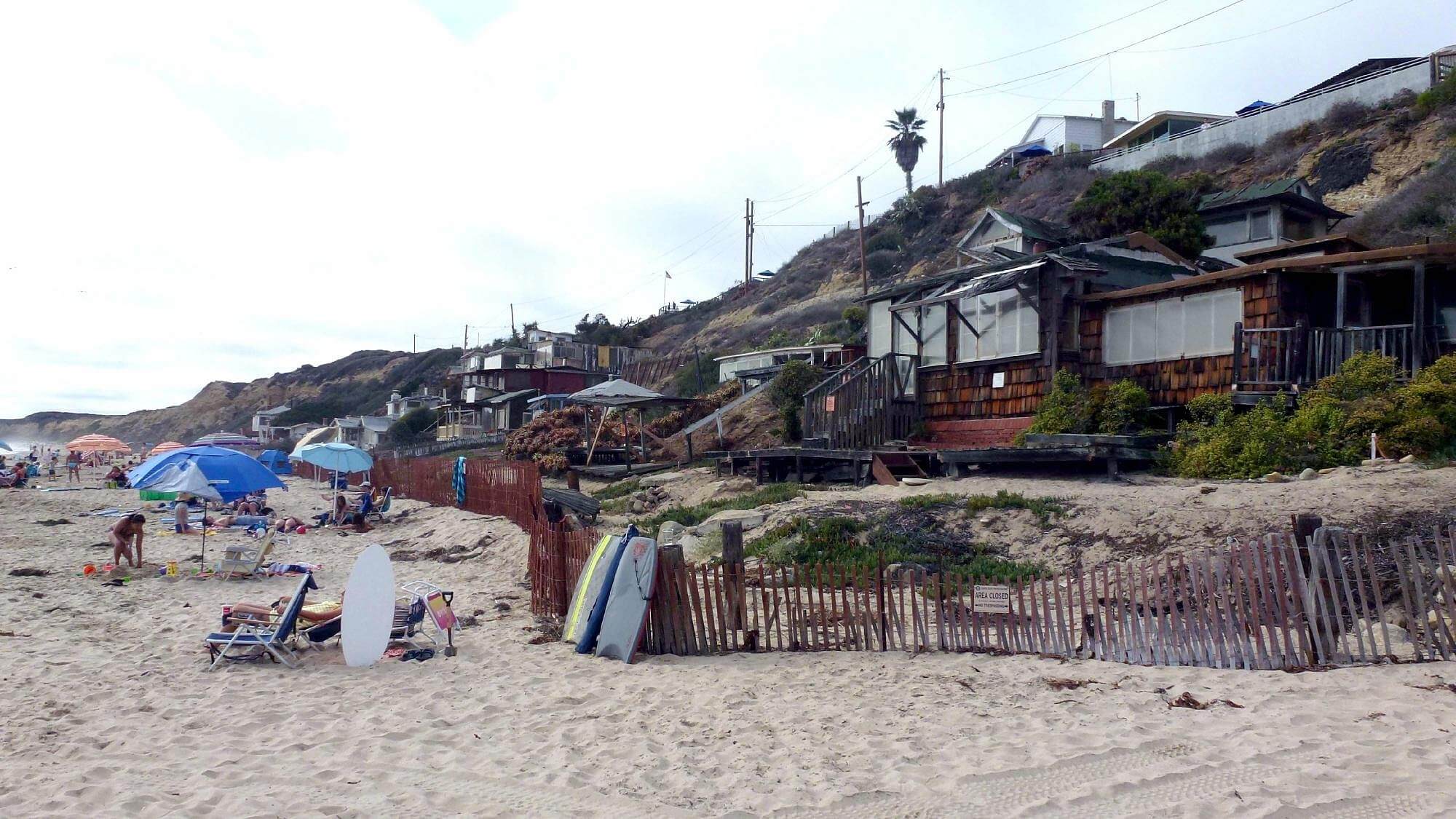
Yes. Some of the beach cottages are available for rent in the state park’s Historic District (you’ll need to reserve months in advance!), while camping is possible at Moro Beach Campground. Inquire at the El Moro Visitor Center.
There are also three environmental campgrounds, one in the canyon and two at higher elevations.
A Note On Crystal Cove Conservancy
Running since 1999, Crystal Cove Conservancy is a nonprofit public benefit organization partnered with Crystal Cove State Park.
The cottages and food concessions in the cove provide revenue and facilities to support STEM (Science, Technology, Engineering and Math) education programs for students in Crystal Cove State Park.
As the students carry out conservation research and habitat restoration projects throughout the park – both inland and on the beaches, they develop the skills they need to become the next environmental leaders.
The data that students collect is integrated into university research projects and helps in land managers’ conservation efforts.
The revenue made from visitors also goes towards renovating and maintaining the park infrastructure.“We work arm-in-arm with California State Parks to steward the park’s 2,400 acres of backcountry, 3.2 miles of coastline, and offshore underwater habitat. Together, we make sure that everyone can enjoy Crystal Cove for generations to come.” – Crystal Cove Conservancy.
The Takeaway
Crystal Cove has some brilliant tide pools to explore, set in some wonderful wild Cali scenery. The way down to them may be steep, but the thriving marine ecosystems, fabulous rock formations, golden sand and cozy beach cottages make the trip very much worthwhile.
Disclaimer
While we at Traxplorio do our very best to give you the most up-to-date information, we always recommend you do your own research before you travel to a particular area, and check conditions with official sites. Thanks for understanding, and enjoy your adventure!

